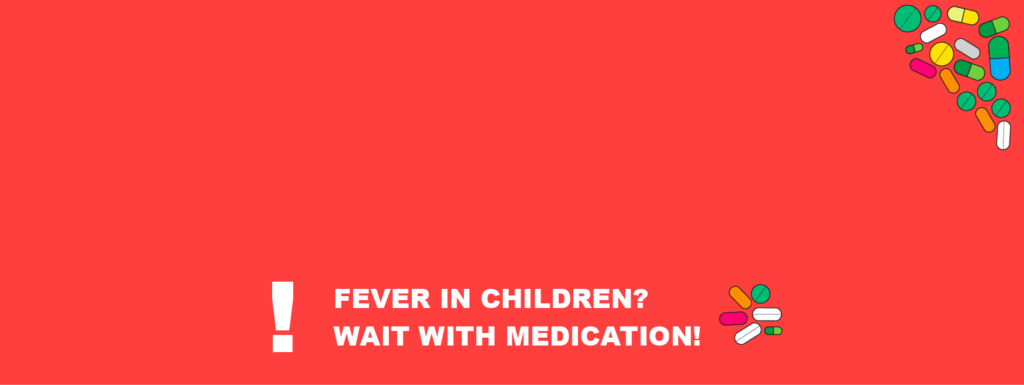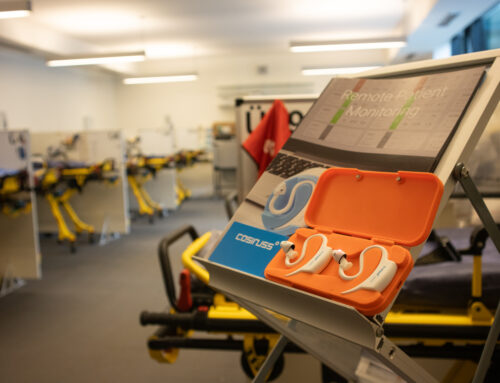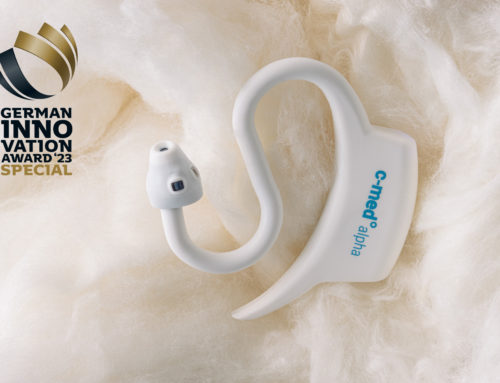If you are a parent you might know that uneasy feeling, when your child is sick and feverish. Basic parental instincts are forcing you to do quickly the maximum to help your beloved child. Numerous parents reach than pretty fast into the kitchen drawer for a quick solution, an over-the-counter medication. But what if it isn’t by far the best solution or even bad for the child?
Fever is scary. It can be a sign of something serious. But in most cases there is no reason to freak out when your child’s temperature is starting to rise and there is no reason to immediately start serving variously coloured pills. For some reason, fever, a natural immune reaction of the body, is literally surrounded by severe and often wrong or at least imprecise information. Not to you, you say?
“57% of parents treated their kids with incorrect doses of antipyretic drugs and in 11% of the cases the dose was at toxic levels”
This (or this) study reports, that 57% of parents treated their kids with incorrect doses of antipyretic drugs and in 11% of the cases the dose was at toxic levels. Many studies (1, 2, 3) report lack of knowledge, incorrect behaviour and wrong decision-making regarding treatment of fever in children, sometimes even among physicians, as shown here. This is what is SCARY here, not fever itself!
Barton D. Schmitt, M.D., FAAP, a professor of paediatrics at the University of Colorado School of Medicine breaks down common myths about fever with facts at Seattles Children’s website. For example, (I) fever causing brain damage, (II) all fevers are bad for children, (III) without treatment, fevers will keep going higher, (IV) all fevers need to be treated with medicine. Becasue vast majority fevers are harmless. Only extreme occasions, e.g. closing child inside of a car during a summer day, can cause body temperature to rise above 108° F (42° C) and then potentially hurt your child.
Another recent study done by researchers from London King’s College states that children given fever medication returned to normal from their respective infections with equal speed as kids without any medication. So the only reason to lower the temperature of the patient is to ease up the suffering if there is any. But this can be efficiently done without the use of any antipyretics, e.g. calf or chest wraps bring an instant decrease in temperature and don’t pose any potential side effects to the patient.
By no means we are trying to tell you that medication is useless nor that you should ignore fever. Actually, we suggest you to do the exact opposite. But instead of doping your child with medication, you can keep an eye on its temperature via devices such as degree°, consisting of temperature sensor and fever assistant. With continuous measurement you will know straight away if your child is in any potential danger. You will receive an alarm if the temperature is rising too fast or has crossed an important threshold. degree° fever assistant with artificial intelligence and medical knowledge will provide you an immediate support based on measured data and information about the patient.
Story behind degree° and more information can be found here: http://bit.ly/2hKK58r. Also, let us know: What is your experience with fever in children? Comment here or on Facebook.






